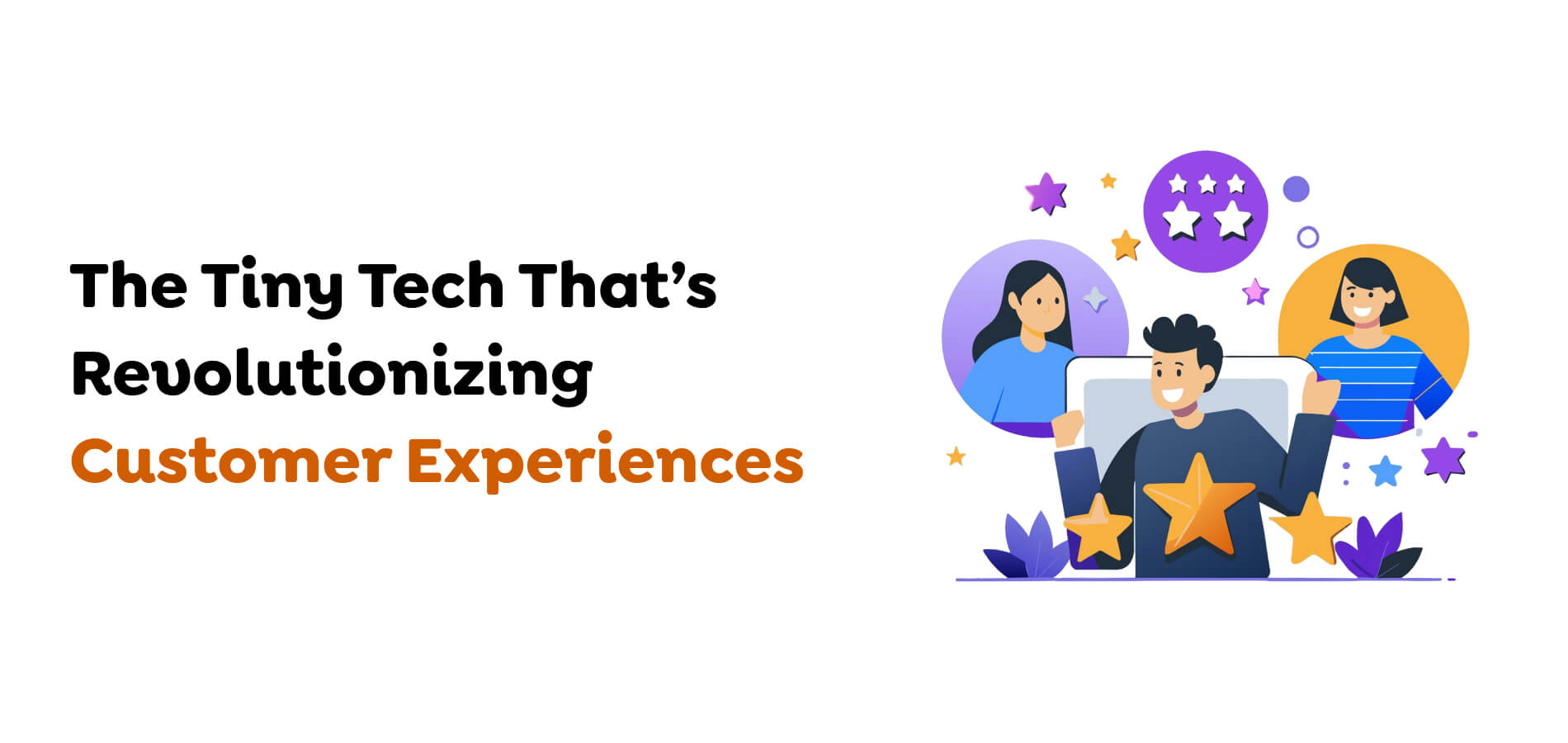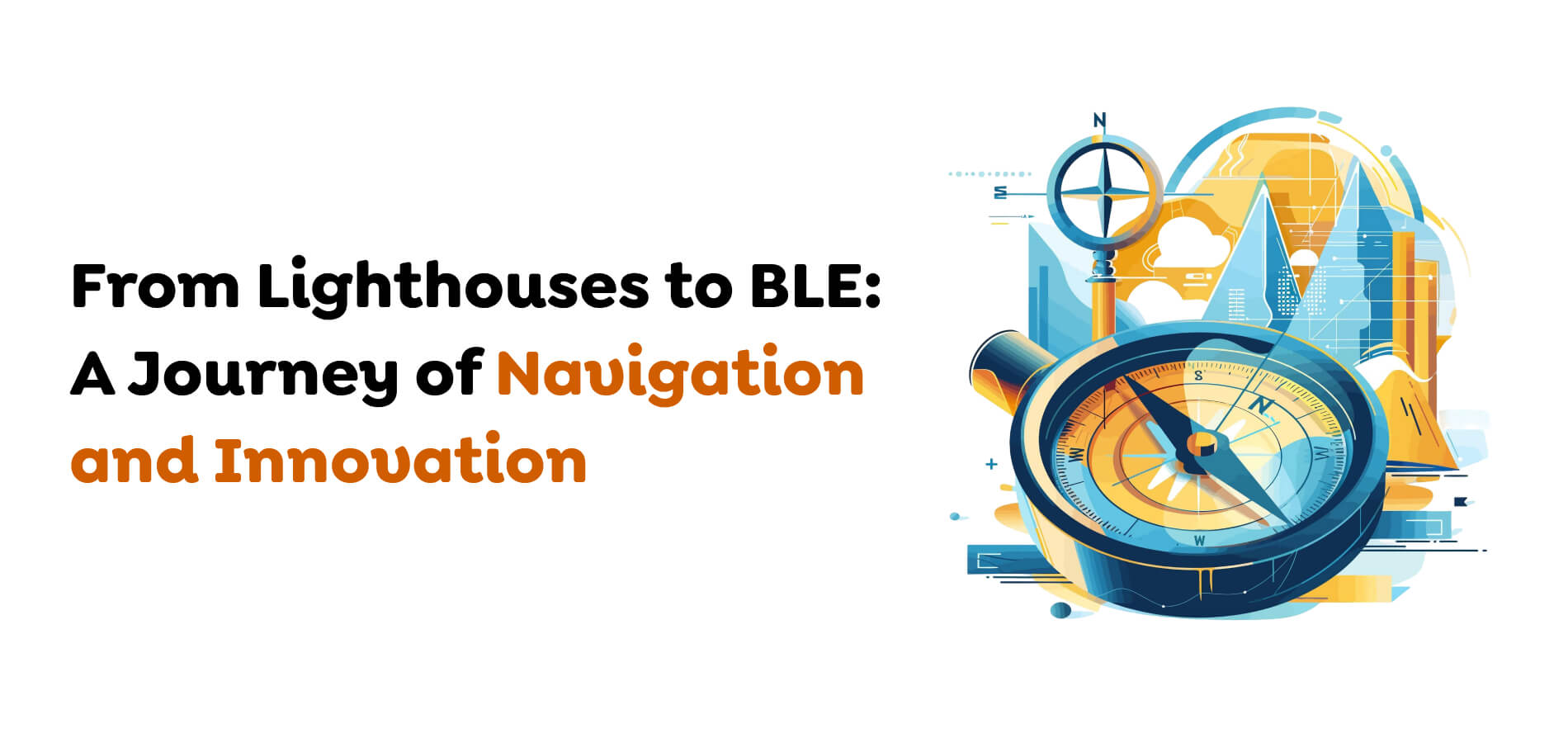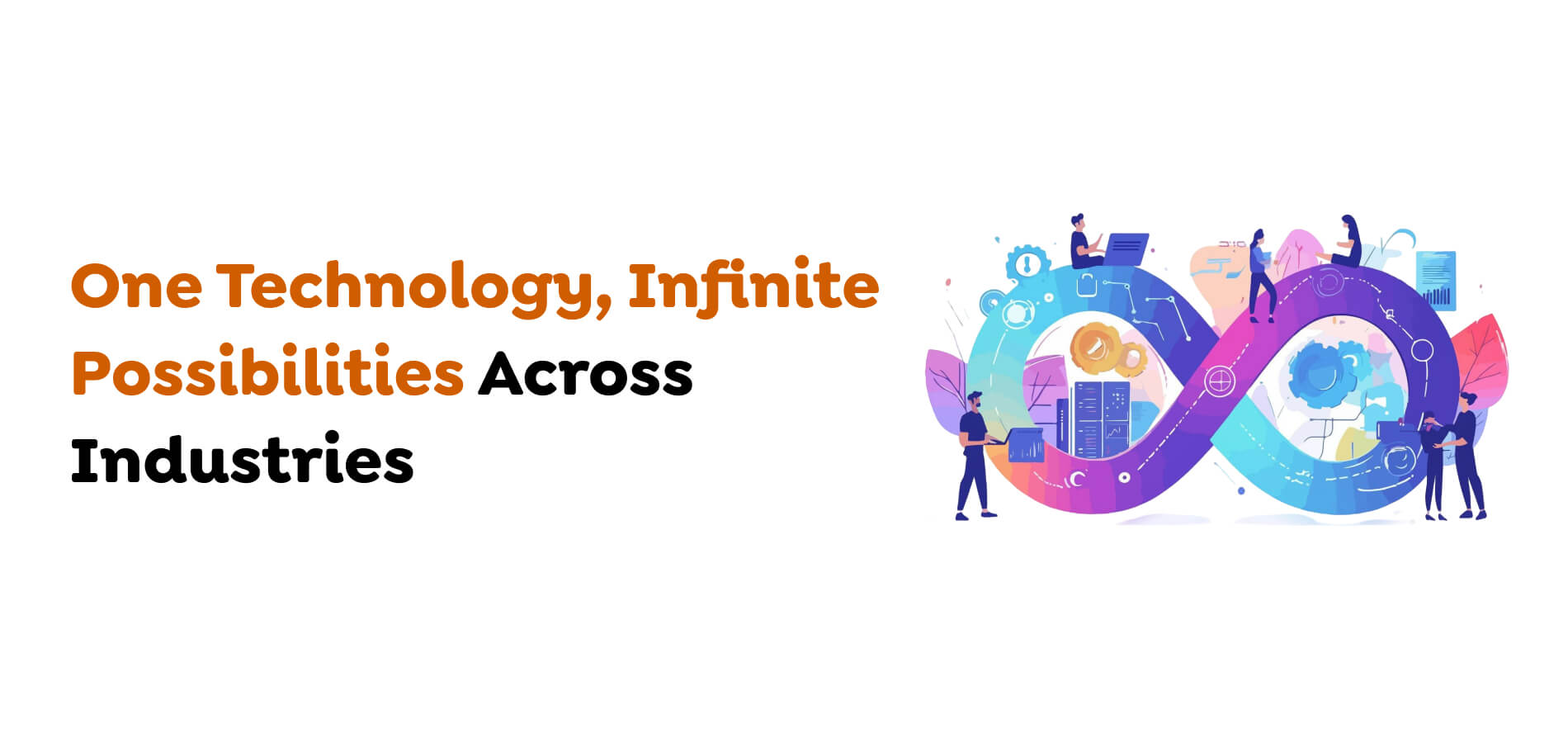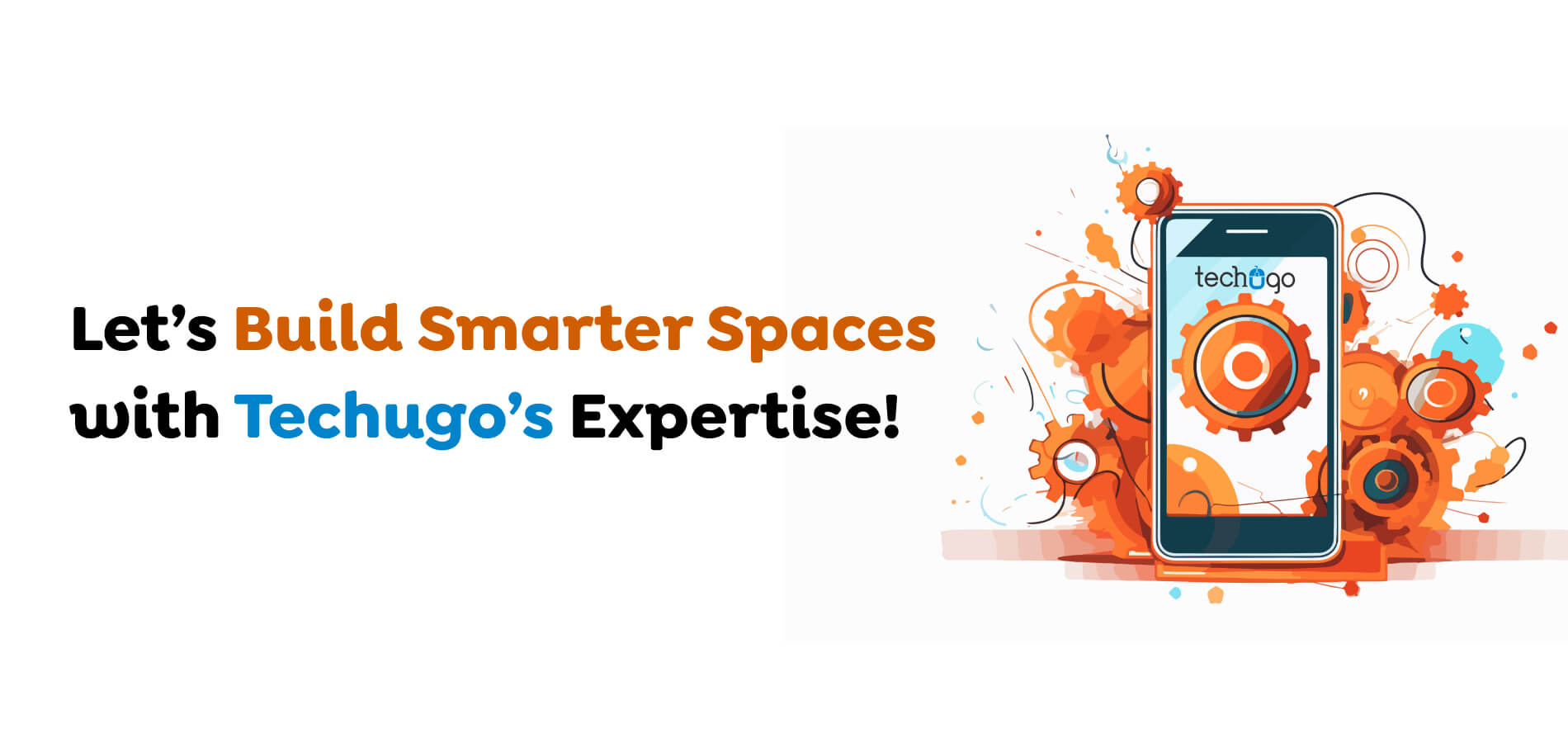Write Us
We are just a call away
[ LET’S TALK AI ]
X
Discover AI-
Powered Solutions
Get ready to explore cutting-edge AI technologies that can transform your workflow!

Illuminating the Future of Connectivity with Beacon Technology!
One of the primary forces in the digital rural revolution, beacon technology has proved to be one of the best, most effective, and most efficient means of managing customer engagement, strategy, and data gathering for a mobile app development company in USA. Low-cost, easy-to-implement, and flexible beacons are becoming increasingly popular across industries of all types. Although started primarily in marketing and retail domains, nowadays, beacons are employed in healthcare, transportation, logistics, etc.
Moving deeper into 2025, this intelligent solution is gradually changing how organizations engage customers, how they operate, and how they can collect quintessential intelligence information. Not only do beacons solve problems in management and improve operational effectiveness, but an iBeacon app development company also makes people’s experiences with products or services richer and more engaging. In healthcare, for instance, beacons can help locate patients and aid in medication administration, the primary breakthrough in patient care for clinics of all sizes.
Let’s dive into the world of beacons with us!
It will explore which ones they are, how they function, the various categories, and why they are increasingly shaping business environments.

The beacon, or ‘beacon,’ employs Bluetooth Low Energy (BLE) to send messages to other devices. Measuring, as a general rule, something like a Wi-Fi router, these beacons emit data packets at fixed time frames that any Bluetooth-compatible smartphone or any other Bluetooth device can receive. Beacon message types to the user device may include an alert message, promotional message, or navigation message when the user enters an area with beacon support.
Bluetooth beacons are a subset of the IoT-enabling devices that can be used in indoor and outdoor positioning systems. They can detect people’s presence and interact depending on location, allowing companies to offer more personalized and location-oriented experiences. Examples of beacon interactions range from sending an alert to a consumer, informing them of a sale as they pass by a particular section, to navigating an attendee to an exhibition hall they are interested in or attending.

While relatively new in its modern mobile application, Beacon technology draws from age-old navigation and signaling principles. The concept parallels lighthouses guiding ships, where beacons act as digital signals to navigate, inform, or interact with users in a specific space.
Apple pioneered the concept of beacons as a modern technology with the release of iBeacon in 2013, followed by Google’s Eddystone shortly after that. Since then, many beacon devices and platforms have been developed, fueling interest and adoption across various sectors. Unlike other emerging technologies like augmented or virtual reality, beacons proved to be straightforwardly effective and budget-friendly. They opened new, subtle ways for businesses to engage their customers, propelling swift adoption, especially in retail.
![]()
For beacon-based systems to function effectively, three primary components are required:
1. Beacon Devices: These small hardware devices emit Bluetooth signals at regular intervals.
2. Mobile App: To decode these signals, a recipient or a user ought to have an app, whether a first-party or a third-party one, installed on their device.
3. User Permission: Since beacons work with users’ mobile devices, permission like Bluetooth must be enabled.
Once a user steps into a beacon-enabled space, the beacon transmits a code to the user’s device. This code may send a push notification or in-app message with content containing location-specific data or offers. More often than not, beacons can function only to the extent that the Bluetooth feature is on, which still provides consumers with agency in choosing whether or not to engage in the promoted experience.

Most beacons operate with Bluetooth Low Energy (BLE) technology, which is energy-efficient and inexpensive to implement. However, unlike regular Bluetooth, BLE occasionally uses little power on a single-cell battery, making the beacon battery last a few years. The low cost of BLE has also boosted beacon adoption further because it provides a reasonable and practical messaging platform for IoT use cases.

Beacon technology is highly versatile, with various beacons available to meet the specific needs of different businesses and environments. Here are some of the most commonly used types:
1. Standard Beacons: Resembling an average Wi-Fi router in size, the standard beacons are suitable for applications that utilize proximity in an indoor environment.
2. Portable Beacons: These are slightly smaller than the standard beacons and are suitable for tracking objects of interest. They can be installed into devices no thicker than a credit card.
3. USB Beacons: Small in size and highly mobile, USB beacons are used when the quick installation of a beacon is needed, for example, when using them together with assets.
4. Video Beacons: Integrated with screens, these beacons provide targeted visual content depending on a user’s location and interest.
5. AI Beacons: These beacons, built with machine learning features, sense gestures, and movement, present a better opportunity for interaction.
6. Sticker Beacons: Ultra-small beacons are often used in asset tracking and can adhere to objects like laptops or equipment.
7. Parent Beacons: These large beacons monitor smaller beacons, collecting data and storing it in the cloud, which is helpful for complex IoT setups.
8. Dedicated Beacons: These beacons are reinforced for harsh environments and are resistant to dust, water, UV, and other elements, making them ideal for industrial applications.
![]()
Beacon technology’s adaptability has enabled diverse applications across industries, from customer engagement to operational optimization:
![]()
The beacon technology market around the globe has been growing rapidly since Beacon entered it. The demand for smart contacts was estimated to be worth $519.6 million in 2016 and is expected to grow to $56.6 billion by 2026, with a CAGR of 59.8%. This impressive growth pattern shows the technology’s versatility, which can be used to create value from customer value propositions.
Building an app with beacon technology involves several cost factors, from development to beacon hardware and backend infrastructure. Let’s explore the critical cost components and estimate what you might expect to invest.
The cost of app development largely depends on its complexity. Here’s a breakdown based on the app’s size and features:
Beacon-based apps require a robust backend to manage beacon data, user interactions, and analytics. The cost of setting up a scalable backend infrastructure typically includes:
The cost of beacon devices varies depending on their type and range. Here’s an estimate based on different beacon types:
For a typical installation (e.g., a small retail store with 10–20 beacons), the hardware cost would be around $200 – $2,000. The cost could be significantly higher for larger setups, such as a multi-story hospital or an airport, ranging from $5,000 to $50,000 or more.
Testing beacon functionality across different environments and devices is crucial for a seamless user experience. This includes configuring the beacons, testing location accuracy, and troubleshooting connectivity issues:
Beacon apps require regular maintenance updates, including hardware upkeep, software updates, and analytics support. Estimated yearly maintenance costs are:
Based on the above factors, here’s an approximate cost range for developing a beacon-integrated app:
The total cost will vary depending on app complexity, the number of platforms, beacon hardware, and backend infrastructure required.

In the future, we will likely observe an increasingly sophisticated use of beacon AI, better battery solutions, and incorporation of beacons with other IoT systems. As such, using beacon applications will continue to grow and enhance its values across society, including urban planning, smart cities, and public health.
Proofs have shown that beacons are cost-effective, easily deployable, and can suit any business and organization globally. With extended and versatile applications of the company as a tool for communication, business process optimization, and data utilization, beacons will retain positions as one of the primary elements of digital evolution.
Techugo is an iBeacon app development company with over 9+ years of overall experience in the tech industry. Our specialist knowledge covers most US industries, and as a mobile app development company, we can offer bespoke beacon services to reflect your business requirements.
Get in touch with us to learn more about iBeacon Technology!
Write Us
sales@techugo.comOr fill this form